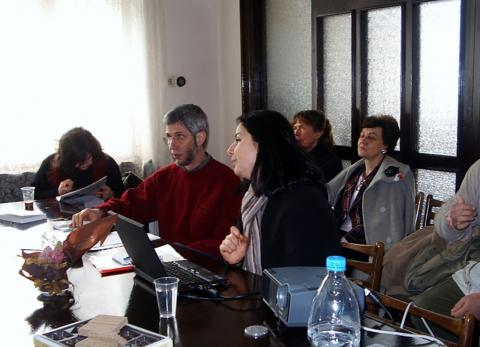Education in History and Emotions

In the focus of our research are textbooks in national history published in our country in the period from 1950 to 2010. We found out that hope, faith and love are most frequently used emotions on the textbooks’ pages. Their usage, however, served not for being fostered Christian spiritual values but for indoctrination of the newly created atheistic conception widely spread in the previous decades.
Happiness and salvation are additional components whose original Christian sense was converted in order to be constructed the ‘new’ human being of socialism building the imaginary communist society.
Significant figures from Balkan past (Khan Krum – Emperor Nikephoros I Genikos, Tzar Samuel – Emperor Basil II Bulgaroctonus) who sometimes provoke conflicts at school between Bulgarians and Greeks, are not represented in the latest Bulgarian and Greek textbooks in their traditional black-and-white emotional depiction (pride, anger). The lack of emotional cover does not spoil at all the historical narratives remembered and written by annalists still in their lifetimes.
Our observations show that (in tеxtbooks) Byzantium came into armed conflicts with the neighbour Bulgaria more frequently than the Ottoman Empire with its Bulgarians subjects. In reference with it, we posed the questions about the ‘blind spots’ in history compensated by ‘action’ episodes from the National Liberation struggle during the Ottoman period; about the necessity of classifying of more ‘little’ and ‘greater’ enemy treated always in extremely negative aspect.